A Living Legacy of Ancient Civilizations and Colonial Heritage
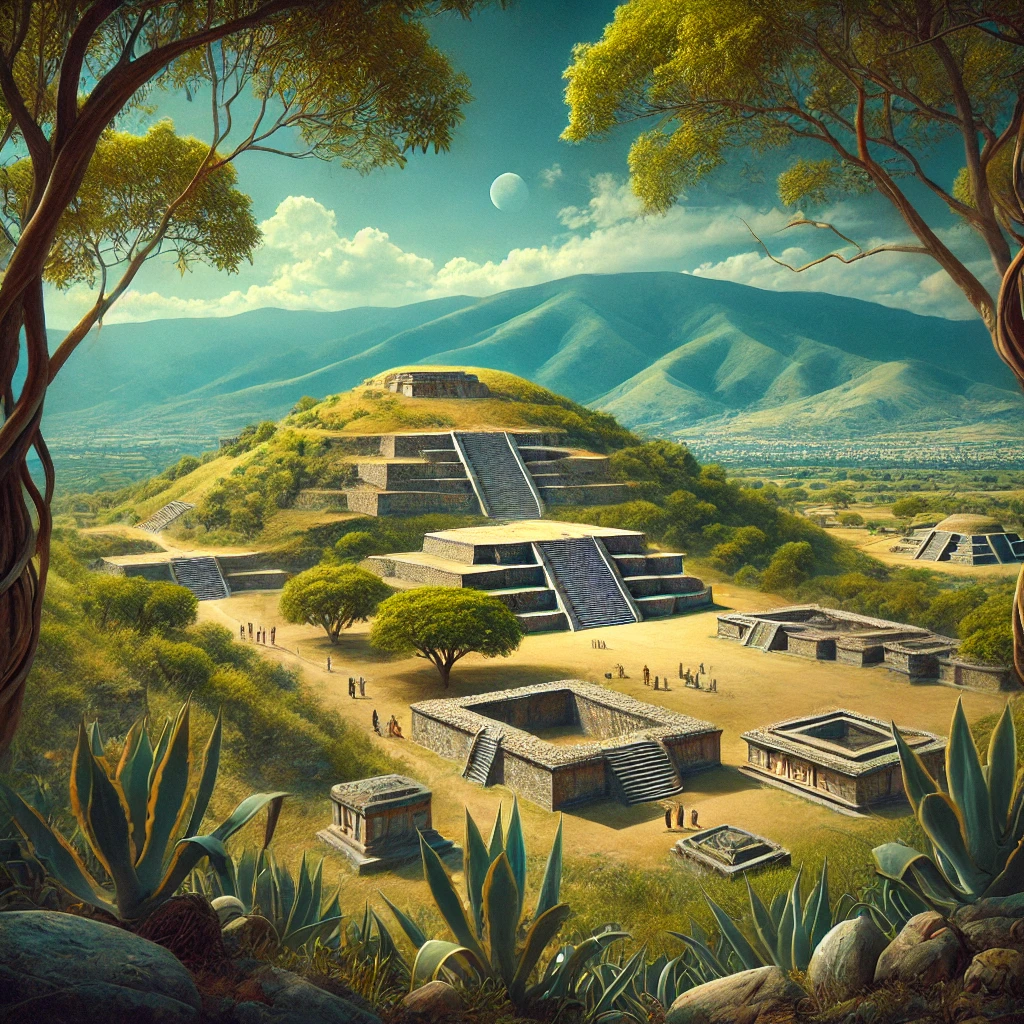
Nestled in the heart of southern Mexico, Oaxaca is a city whose Centro Histórico breathes life into centuries of cultural evolution and historical significance. This vibrant area—designated a UNESCO World Heritage Site in 1987—stands as a testament to the enduring legacy of Indigenous civilizations, colonial ambition, and a resilient spirit of independence. From the ancient Zapotec and Mixtec cultures to the bustling markets and iconic architecture of today, Oaxaca’s history unfolds like an intricate tapestry, each thread telling its own story.
Ancient Beginnings: Zapotec and Mixtec Foundations
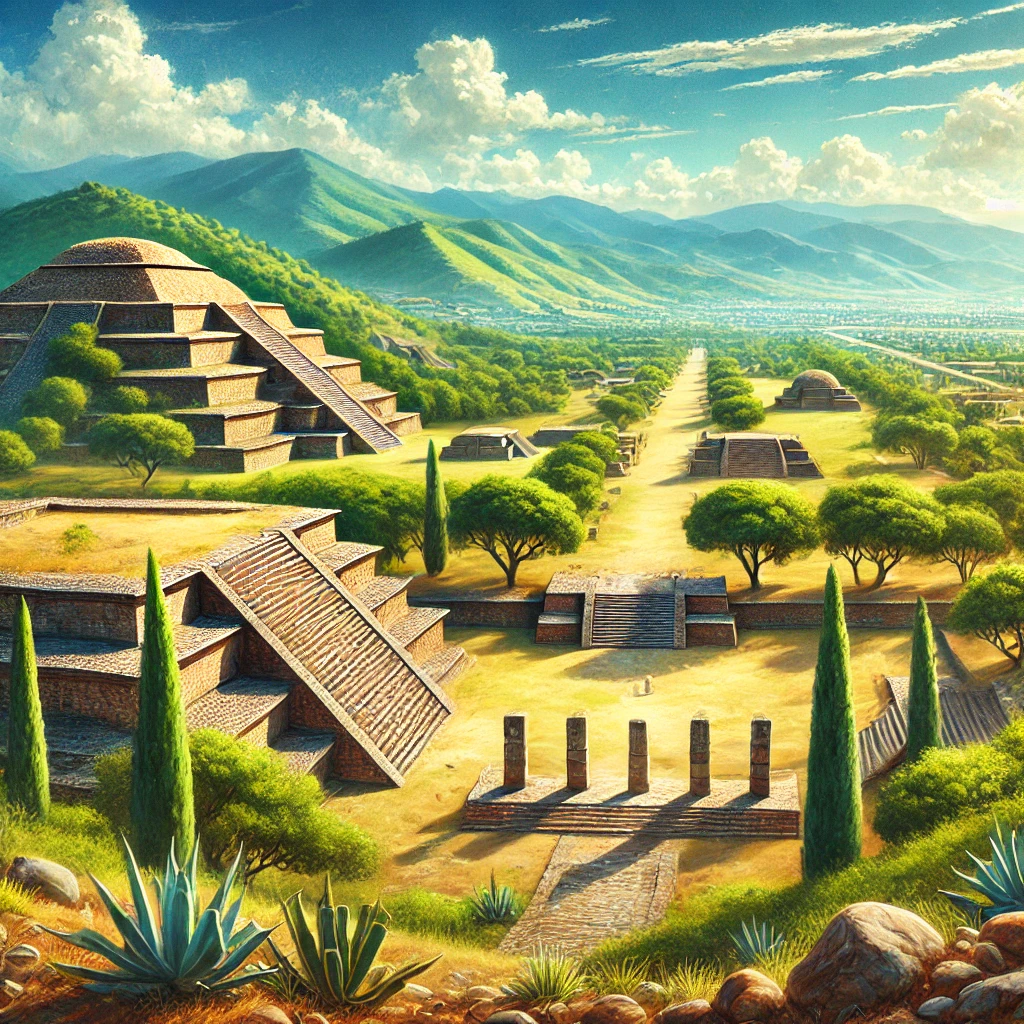
Long before the Spanish conquest, the fertile Oaxaca Valley was home to thriving Indigenous civilizations. Among them, the Zapotecs and Mixtecs created sophisticated urban centers, the most notable being Monte Albán. Perched atop a hill just a few kilometers from modern-day Oaxaca City, Monte Albán was one of Mesoamerica’s earliest cities, serving as a political, economic, and ceremonial hub for over a millennium. The site’s sprawling plazas, intricately carved stone stelae, and advanced astronomical observatories highlight the ingenuity of its creators.
The Zapotecs laid the foundations of Monte Albán around 500 BCE, and it reached its zenith between 200 CE and 800 CE. Later, the Mixtecs inhabited and adapted the site, incorporating their own cultural elements. Even after Monte Albán’s decline, its influence endured, shaping the region’s cultural and political landscape. The echoes of these ancient civilizations resonate in the traditions, art, and linguistic diversity of Oaxaca’s Indigenous communities today.
The Arrival of the Spanish and the Birth of Oaxaca
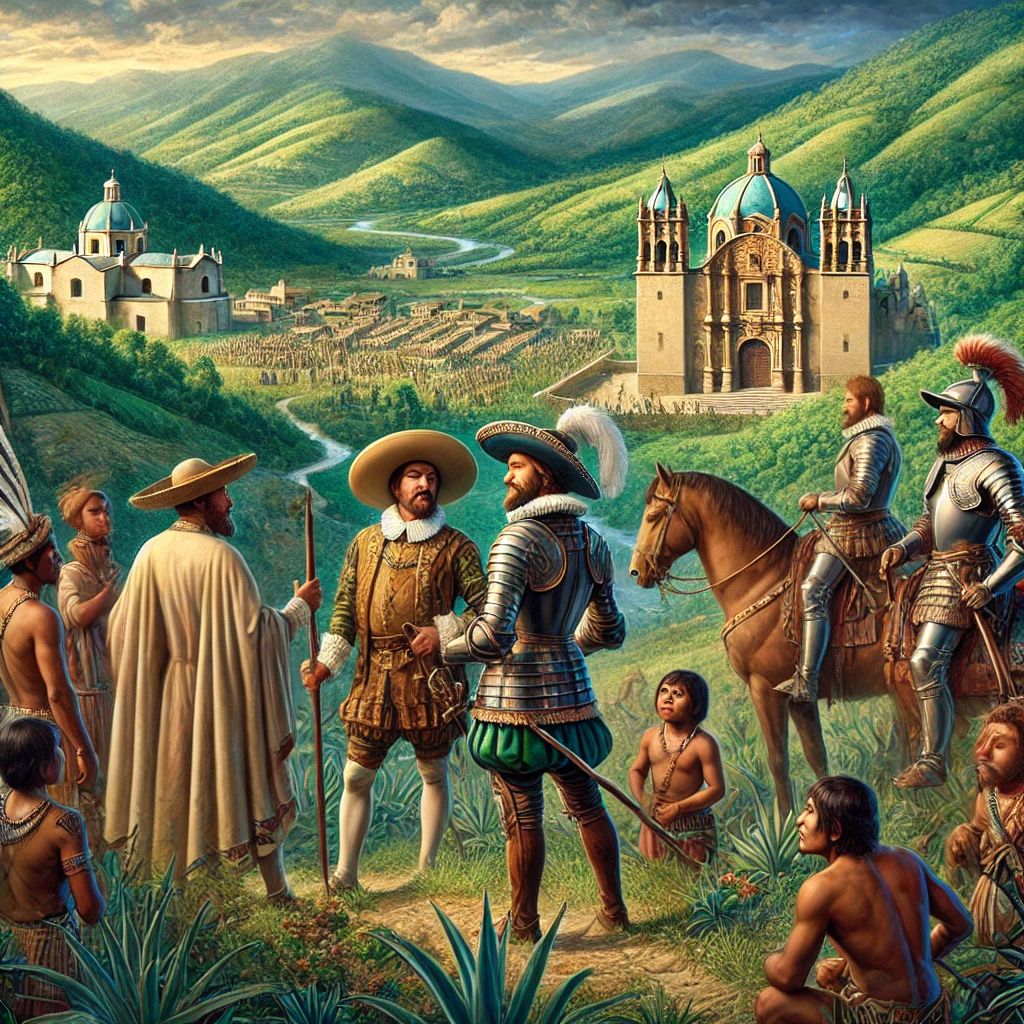
The Spanish conquest of the Aztec Empire in 1521 marked a turning point for Oaxaca. Recognizing the strategic importance of the valley, Hernán Cortés claimed the region for Spain, receiving vast land grants that included Oaxaca. In 1532, the city of Oaxaca was officially founded under the name Antequera, reflecting its Spanish roots. The city’s location at the convergence of three valleys made it a vital administrative and trade center during the colonial period.
Spanish influence reshaped Oaxaca’s physical and cultural landscape. The green cantera stone—a hallmark of Oaxacan architecture—was used to construct many of the city’s enduring landmarks. The Santo Domingo de Guzmán Church and Convent, built in the 16th century, stands as a masterpiece of Baroque architecture and a symbol of the city’s religious and colonial heritage. The Zócalo, Oaxaca’s central plaza, became the heart of public life, surrounded by government buildings, markets, and the homes of colonial elites.
Oaxaca’s Role in the Fight for Independence
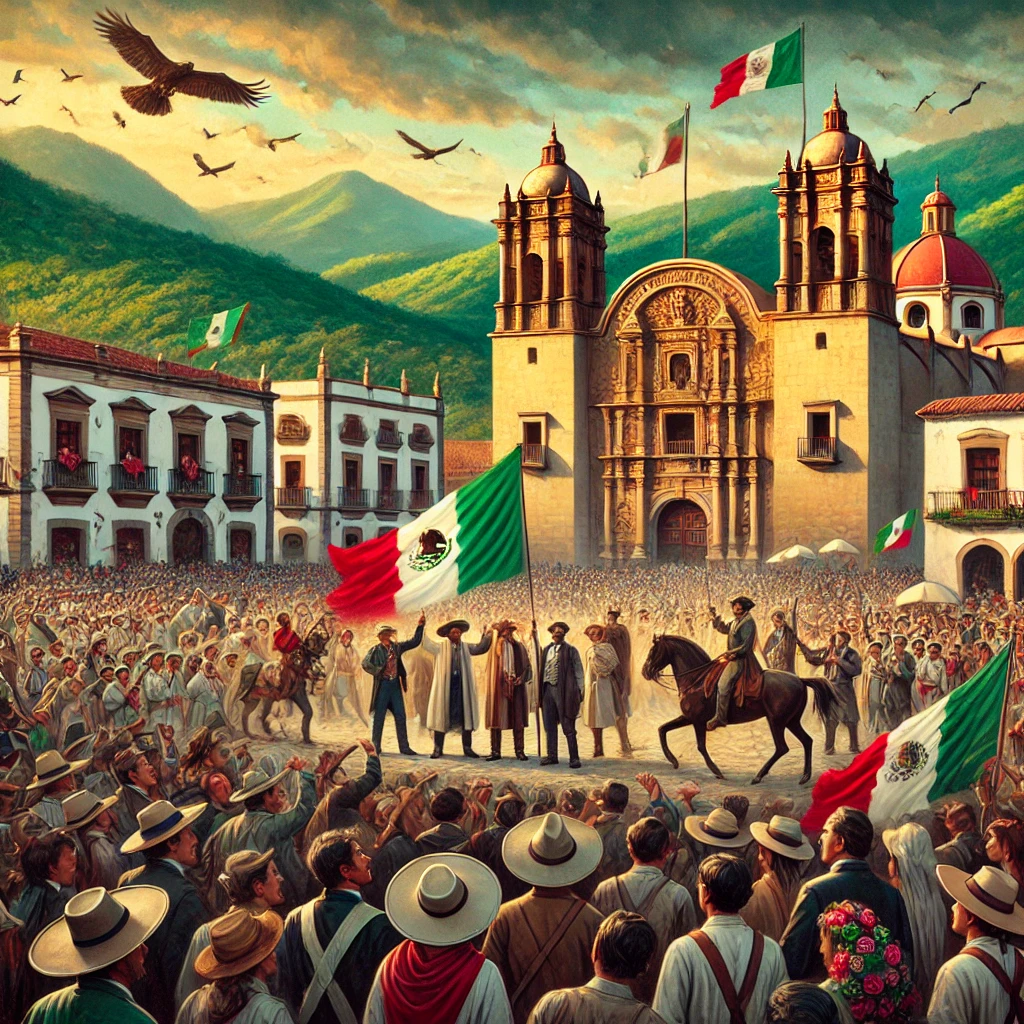
The early 19th century brought winds of change as Mexico embarked on its struggle for independence from Spain. Oaxaca played a pivotal role in this movement, producing influential figures who shaped the nation’s destiny. Among them was José María Morelos, a key leader in the insurgent army, and Benito Juárez, a Zapotec lawyer who would become Mexico’s first Indigenous president. Juárez’s legacy is deeply intertwined with Oaxaca’s identity, symbolizing resilience and progress.
Throughout the 19th and 20th centuries, Oaxaca underwent significant modernization while retaining its colonial charm. Infrastructure improvements, such as paved roads and public transportation, facilitated trade and connectivity. However, the city also faced challenges, including political upheavals and economic inequality, which spurred a renewed focus on preserving its cultural heritage.
UNESCO Recognition and Cultural Preservation
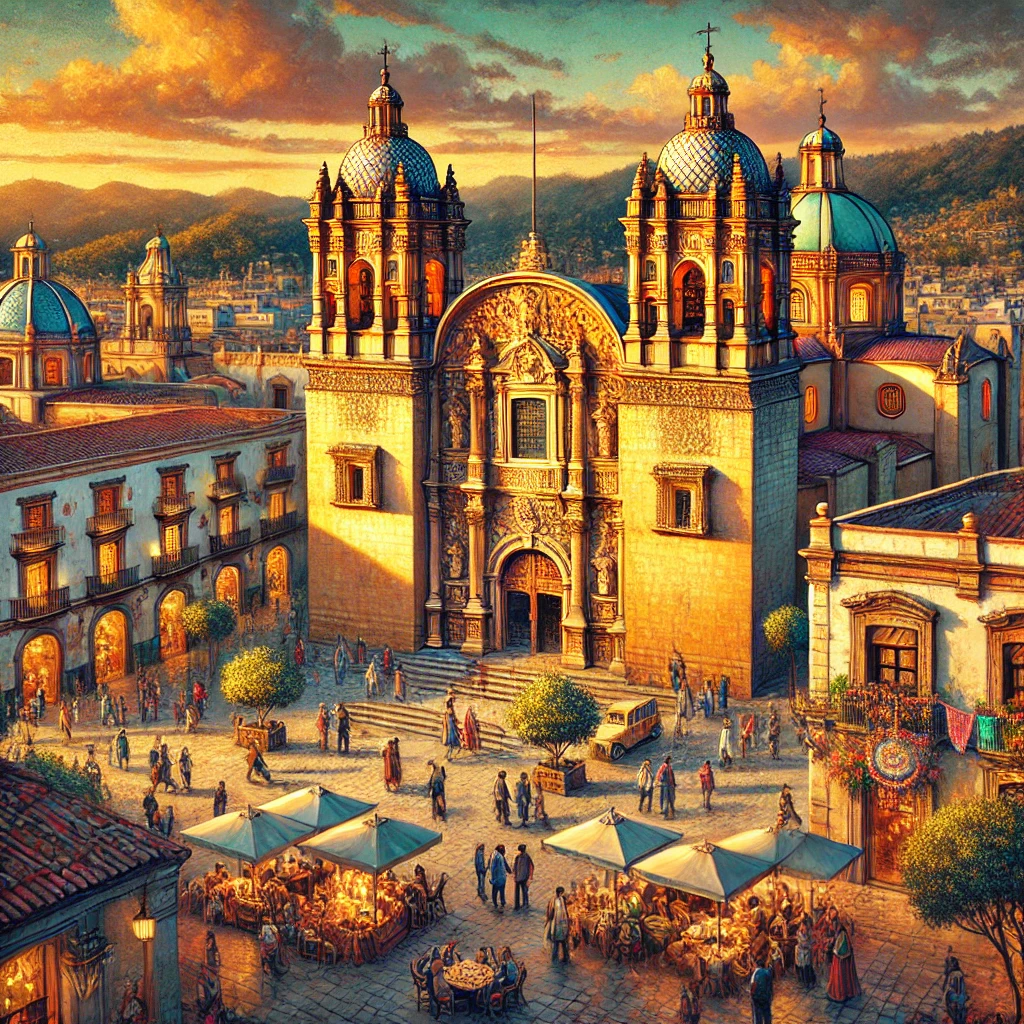
In 1987, the Centro Histórico de Oaxaca and the nearby Monte Albán archaeological site were inscribed as UNESCO World Heritage Sites. This recognition underscored the region’s unique blend of Indigenous and Spanish influences, its stunning architecture, and its vibrant cultural traditions. The designation also highlighted the importance of preserving Oaxaca’s rich heritage for future generations.
Today, the Centro Histórico is a living museum. Its cobblestone streets are lined with colorful markets, artisan shops, and colonial-era buildings, many of which have been meticulously restored. The area is a hub for traditional crafts, including pottery, textiles, and alebrijes (whimsical wood carvings), reflecting the artistic legacy of Oaxaca’s Indigenous communities.
The Heartbeat of Oaxaca: Santo Domingo and the Zócalo
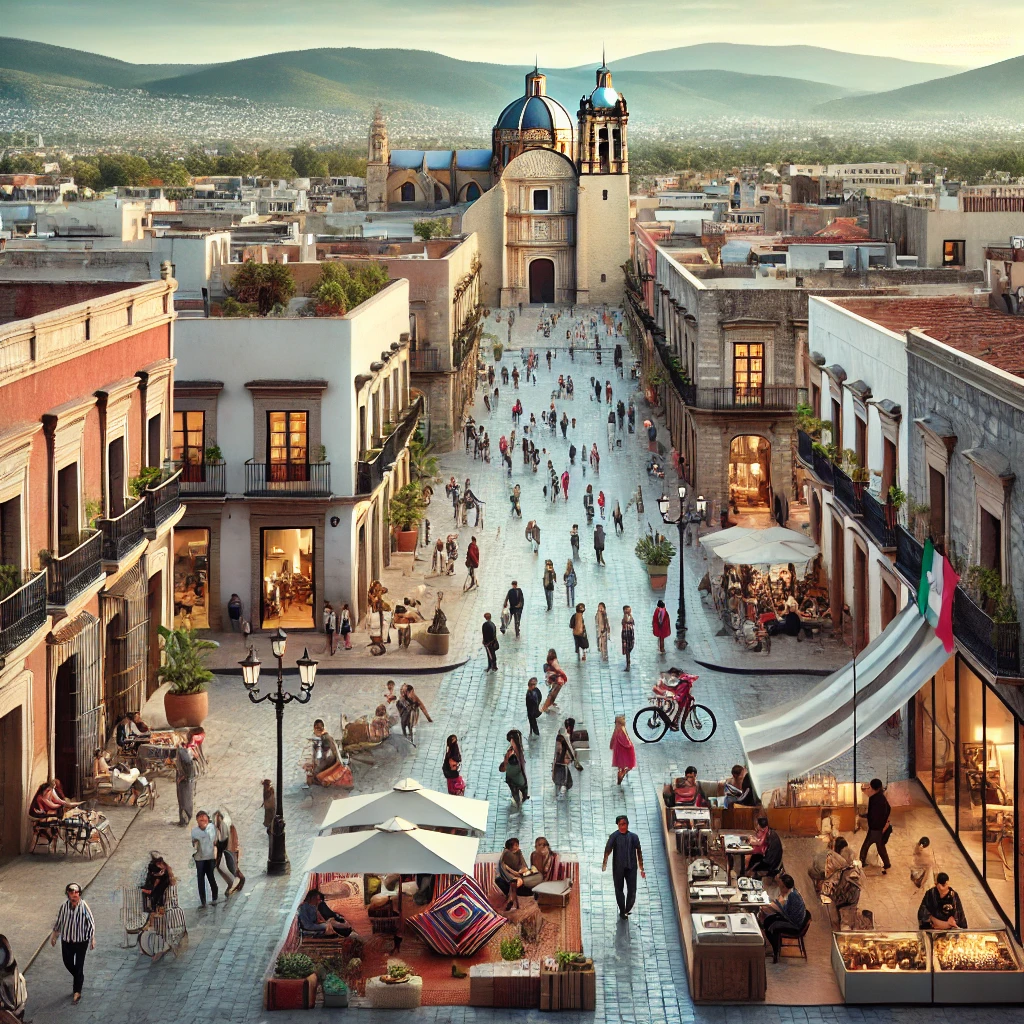
Two landmarks stand out as enduring symbols of Oaxaca’s Centro Histórico: the Santo Domingo de Guzmán Church and the Zócalo. Santo Domingo, with its ornate facade and gilded interior, is more than just an architectural marvel—it is a cultural and spiritual anchor for the city. The adjacent Cultural Center houses an impressive collection of artifacts, including treasures from Monte Albán, offering visitors a glimpse into Oaxaca’s ancient past.
The Zócalo, meanwhile, is the city’s vibrant social hub. Day and night, the plaza buzzes with activity, from street performers and artisans to political rallies and festive celebrations. Cafés and restaurants surrounding the square offer a front-row seat to the lively atmosphere, where locals and visitors alike gather to soak in the spirit of Oaxaca.
Celebrating Oaxaca’s Cultural Heritage
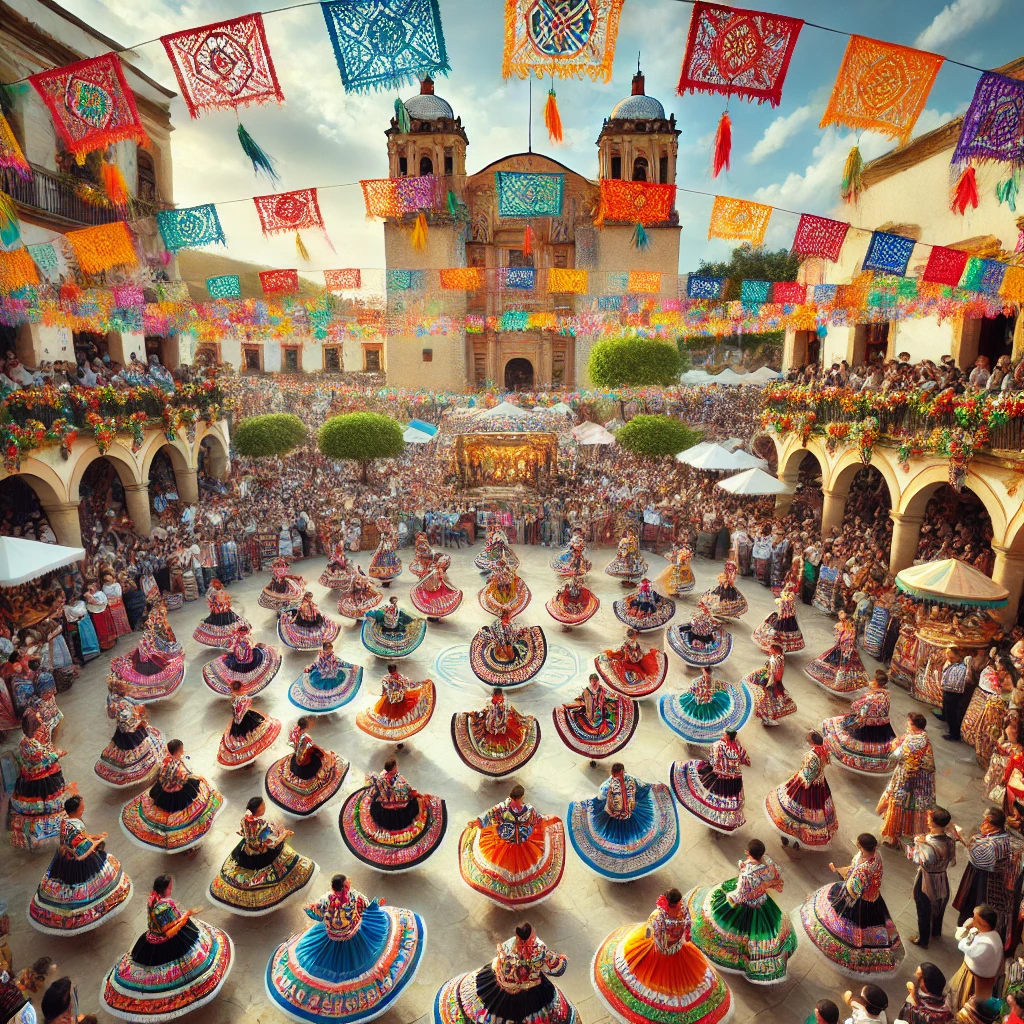
Oaxaca’s cultural richness extends beyond its architecture and history. The city is renowned for its culinary traditions, which have earned it the title of Mexico’s gastronomic capital. From mole—a complex and flavorful sauce—to tlayudas, a type of large, crispy tortilla topped with local ingredients, Oaxacan cuisine is a feast for the senses. The city’s markets, such as Mercado Benito Juárez, are treasure troves of local flavors and ingredients, offering everything from chapulines (toasted grasshoppers) to artisanal cheeses.
Festivals are another cornerstone of Oaxaca’s identity. The Guelaguetza, held annually in July, is a vibrant celebration of Indigenous culture, featuring traditional music, dance, and colorful costumes. The Day of the Dead (Día de los Muertos) is another iconic event, where families honor their ancestors with beautifully decorated altars and offerings, transforming the city into a kaleidoscope of color and light.
A City That Bridges Past and Present
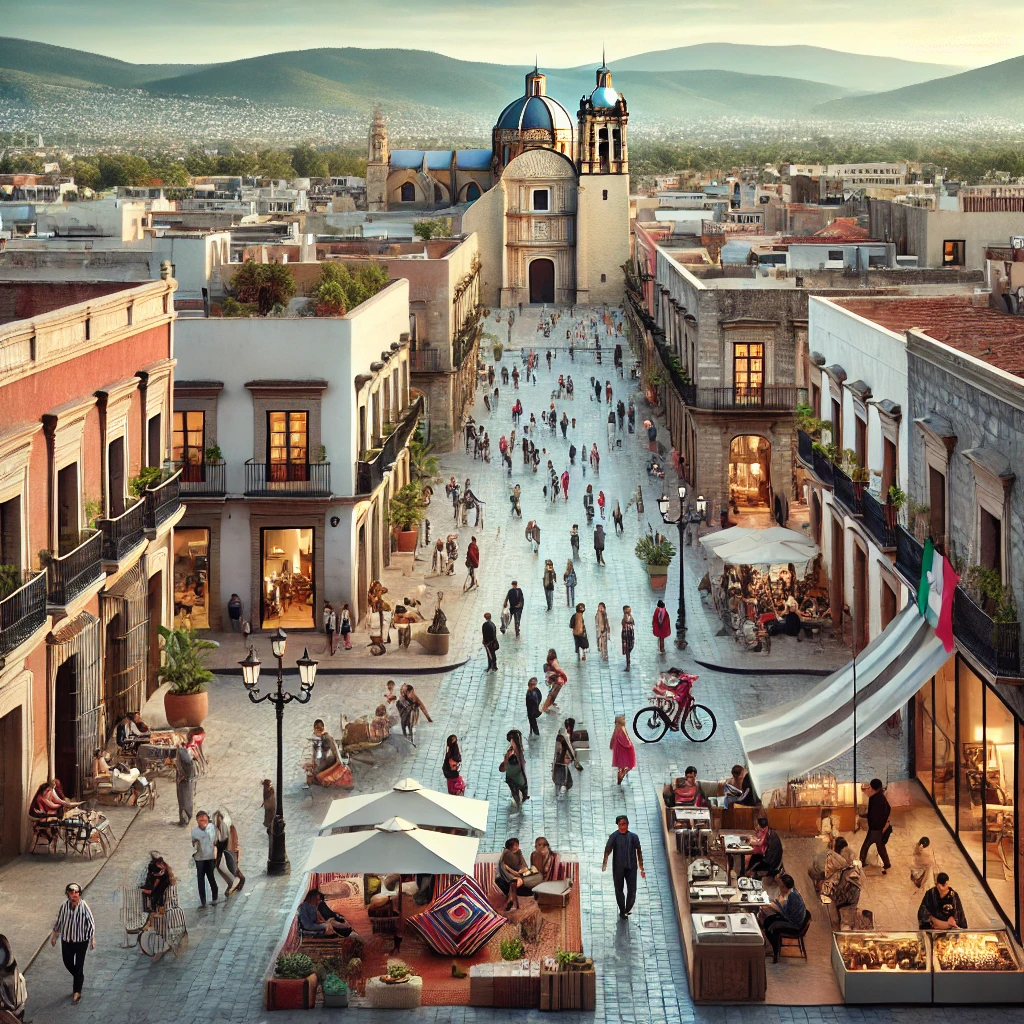
What sets Oaxaca apart is its ability to harmonize its ancient traditions with modern life. The Centro Histórico is a place where past and present coexist seamlessly. Cobblestone streets lead to contemporary galleries and boutique hotels, while centuries-old churches stand beside bustling markets. This dynamic interplay of old and new gives Oaxaca its unique character and enduring appeal.
In recent years, the city has also become a hub for contemporary art and social activism. Local artists draw inspiration from Oaxaca’s rich cultural heritage to create works that address modern issues, from environmental conservation to Indigenous rights. The Centro Histórico continues to be a space for political expression, cultural innovation, and community life.
Visiting Oaxaca: A Journey Through Time
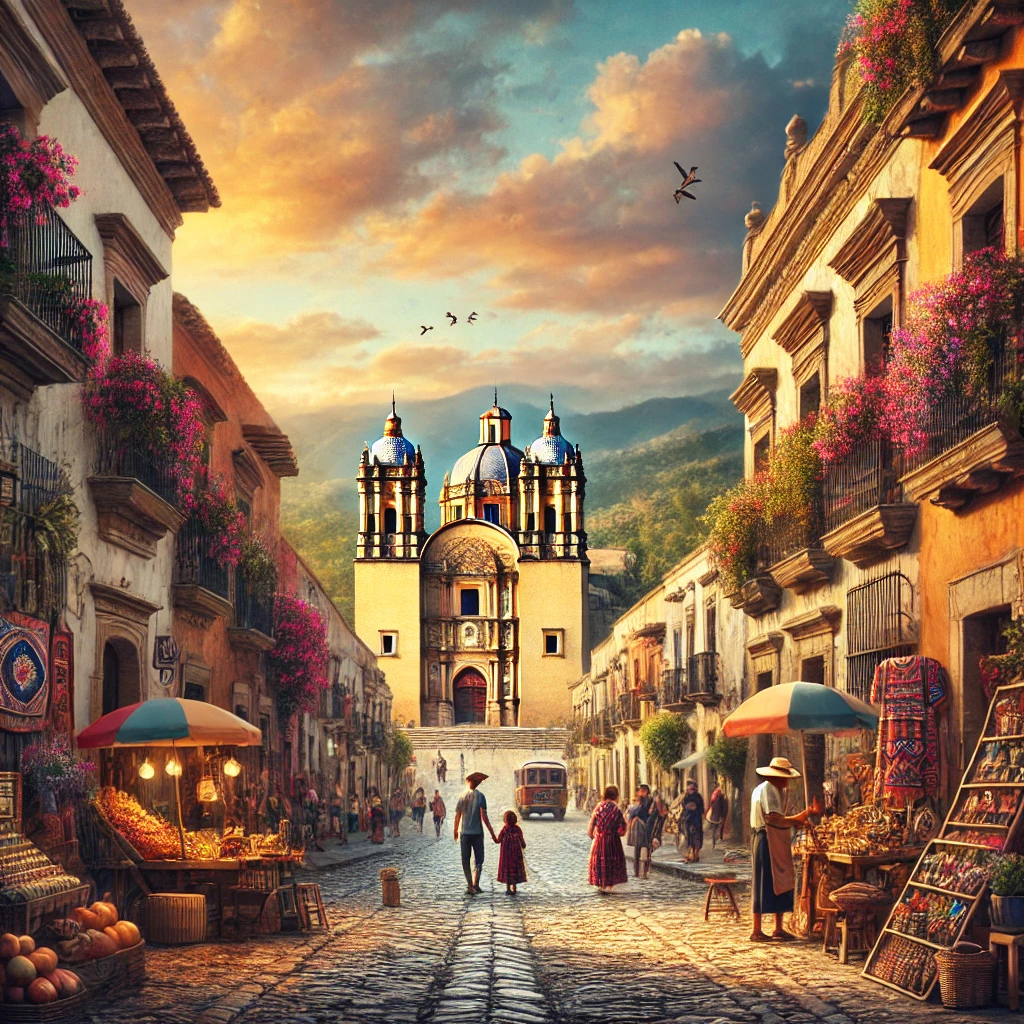
For those who visit, Oaxaca offers an immersive journey through time. Walking through the Centro Histórico, one can feel the layers of history beneath their feet. From the ancient rituals of Monte Albán to the colonial splendor of Santo Domingo and the vibrant energy of the Zócalo, every corner of Oaxaca tells a story.
Whether exploring its bustling markets, savoring its world-renowned cuisine, or participating in its colorful festivals, visitors are invited to connect with Oaxaca’s spirit of resilience and creativity. It is a city that celebrates its roots while embracing the future, a place where history comes alive in every detail.
Conclusion: The Enduring Legacy of Oaxaca
The Centro Histórico de Oaxaca is more than just a historic district—it is the heart and soul of a city that has withstood the test of time. Its cobblestone streets, majestic churches, and lively plazas are a testament to the enduring legacy of the Zapotecs, Mixtecs, and the many generations that followed. As a living, breathing monument to Oaxaca’s rich history and culture, the Centro Histórico invites us to reflect on the beauty of preserving the past while looking toward the future.
For those seeking a deeper understanding of Mexico’s cultural heritage, Oaxaca offers an unparalleled experience. Its Centro Histórico is not just a place to visit but a journey through time, where every moment is steeped in history, tradition, and the vibrant spirit of its people.
Quick Pics and GALLERY


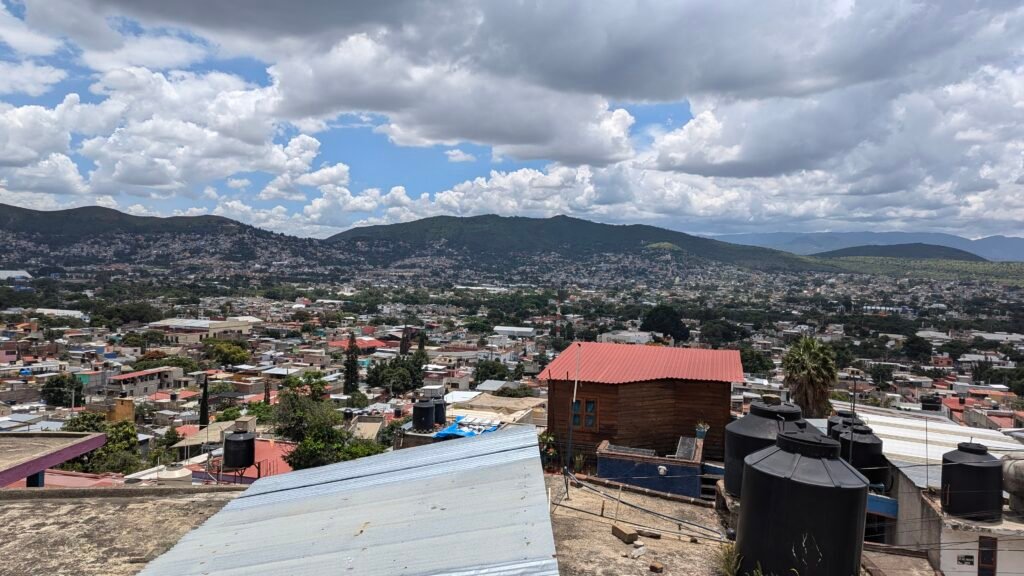
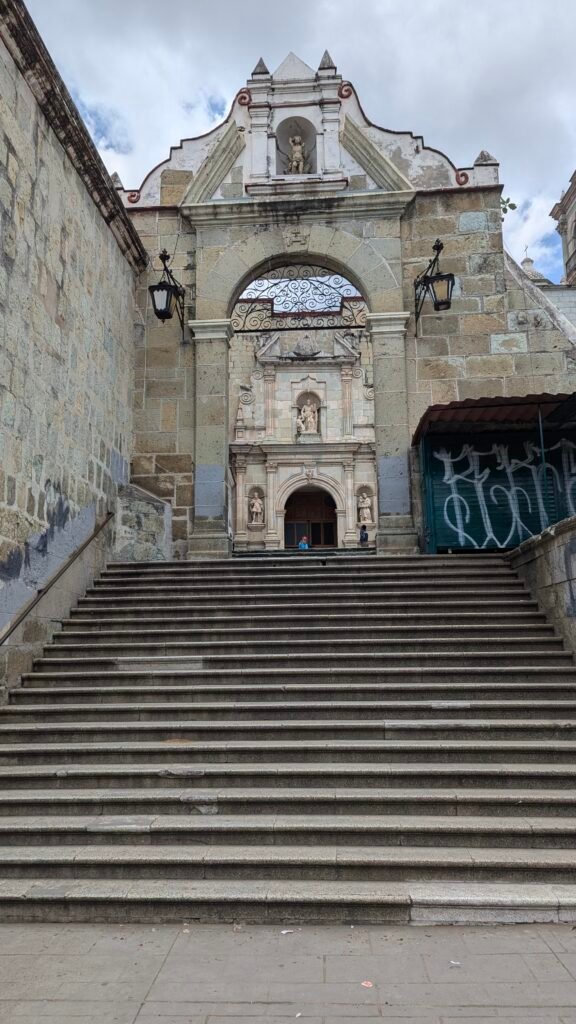

365 GEAR UP


